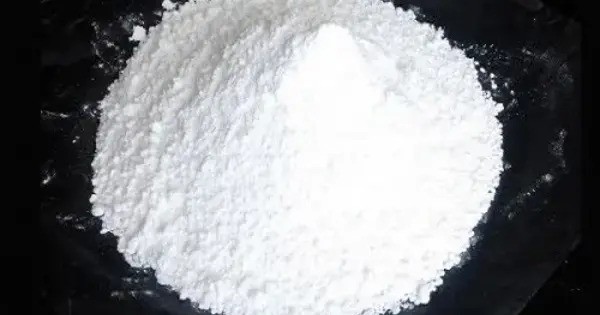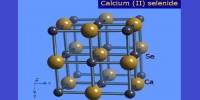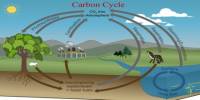Bismuth hydroxide (Bi(OH)3) is non-fully characterised chemical compound of bismuth. It is stable under normal conditions but can decompose upon heating to form bismuth oxide (Bi2O3Bi2O3) and water. It is produced as white flakes when alkali is added to a solution of a bismuth salt and is usually described as bismuth oxide hydrate or bismuth hydrate. In its solid state, bismuth hydroxide has a layered structure similar to other metal hydroxides.
Bismuth hydrate is a component used in milk of bismuth which is used in gastrointestinal disorders as a protective agent. Aqueous ammonia reacts with bismuth(III) ions to precipitate white bismuth hydroxide.
Properties
It typically appears as a white to off-white solid. It is relatively insoluble in water. However, it can dissolve in acidic or basic solutions. It is a weak base and reacts with acids to form bismuth salts.
- Chemical formula: BiH3O3
- Molar mass: 260.001 g·mol−1
- Appearance: yellowish-white powder
- Density: 4.96 g/cm3
- Solubility in water: insoluble
Occurrences
Natural Occurrence: Bismuth hydroxide is not commonly found in nature in its pure form. It may be found as a secondary product in the oxidation of bismuth ores or in the weathering of bismuth-containing minerals.
Industrial Production
It is typically produced as a by-product in the extraction and purification of bismuth from its ores. The production process often involves the precipitation of bismuth hydroxide from solutions containing bismuth salts.
Uses
While bismuth hydroxide itself is not widely used, its derivatives and related compounds have several applications. It is used as an absorbent, and in the hydrolysis of ribonucleic acid. It is also used in the isolation of plutonium from irradiated uranium. For example:
- Pharmaceuticals: Bismuth compounds, including bismuth subsalicylate, are used in over-the-counter medications for digestive issues.
- Catalysts: Bismuth compounds are employed as catalysts in some chemical reactions.
















